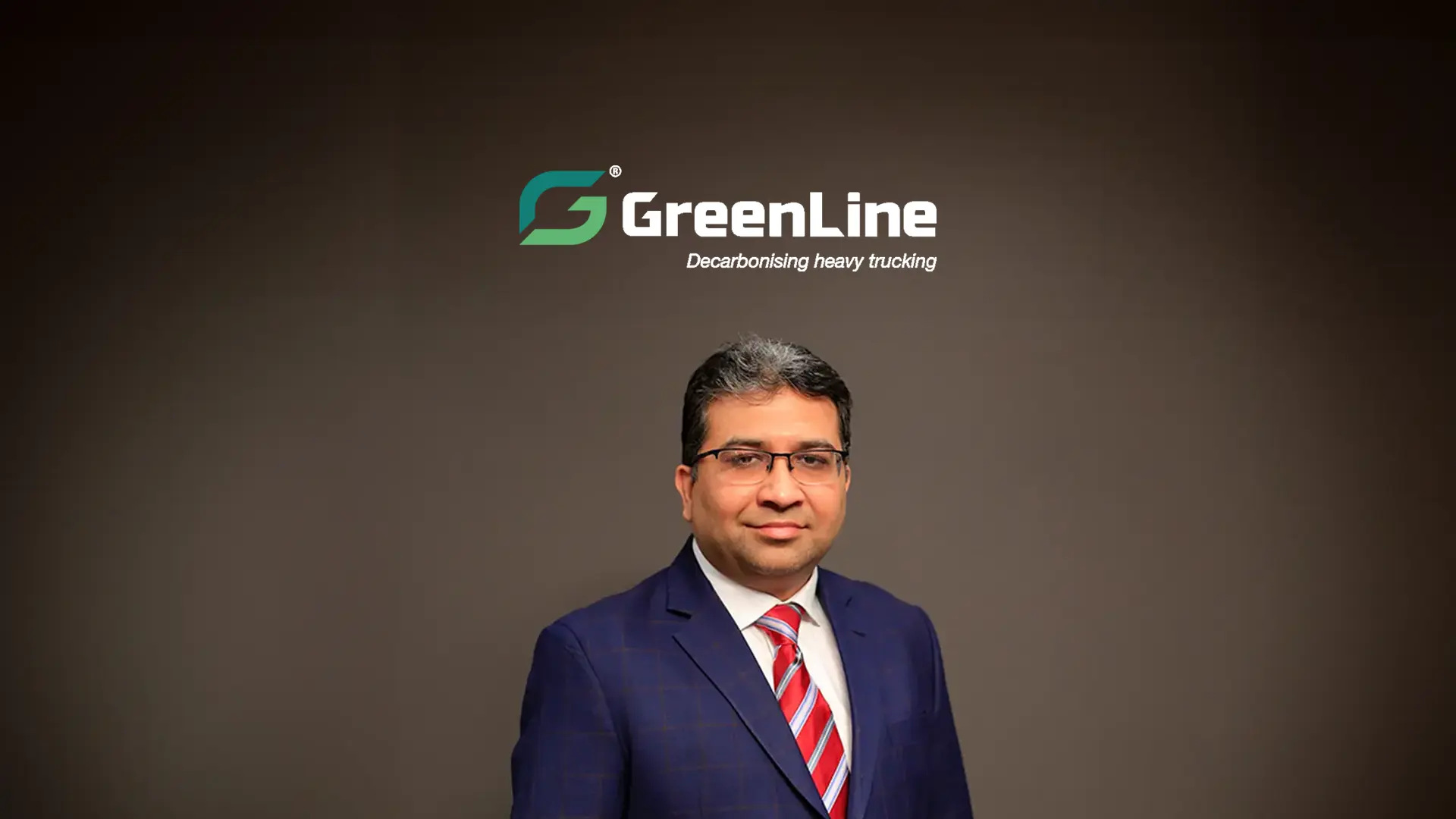- Anand Mimani, CEO – GreenLine
India’s economic ambitions are rapidly taking shape. Under Prime Minister Narendra Modi’s vision of Viksit Bharat @2047, the country is investing heavily in infrastructure, manufacturing, and logistics, while expanding its global influence. But this growth journey must be rooted in sustainability. A green India cannot be an afterthought; it must be the foundation of our progress.
As India sets its sights on becoming the world’s third-largest economy, road transport remains both an enabler of growth and a major contributor to emissions. Long-haul freight logistics, in particular, is heavily dependent on diesel, making it a significant source of air pollution. With transport accounting for nearly 15% of India’s total emissions, decarbonising this sector is no longer optional, it is essential to meet our net-zero goals.
LNG: A Scalable, Practical Transition Fuel
India’s logistics backbone relies on more than four million trucks that move 70% of the nation’s freight. As freight demand is projected to quadruple by 2050, the number of trucks could rise to over 17 million — posing an enormous environmental challenge if diesel remains the norm.
Liquefied Natural Gas (LNG) offers a practical and scalable solution for long-haul transport. It delivers 30% lower CO₂ emissions, up to 59% and 100% reduction in NOx and SOx respectively, over 90% lower particulate matter, and zero sulphur emissions compared to diesel. Operationally, LNG trucks offer longer driving ranges, reduced engine noise, and better handling, making them ideally suited for heavy-duty use.
While hydrogen trucks may become viable in the long run, LNG is ready now. As a crucial bridge fuel, LNG enables immediate decarbonisation of the heavy transport sector. LNG-powered trucks offer impressive range capabilities, covering up to 1,200 km on a single tank — and up to 2,400 km with twin-tank configurations. Currently, there are around 24 LNG stations operational across India, spanning key states such as Rajasthan, Gujarat, Maharashtra, Andhra Pradesh, Delhi, Chhattisgarh, Karnataka, Kerala, Tamil Nadu, Haryana, and Madhya Pradesh.
A Complementary Role for EVs
There is no one-size-fits-all solution for green logistics. For long-distance freight, LNG provides the efficiency and range required. For short-haul and intra-city deliveries, electric vehicles (EVs) offer a clean, zero-emission option. Together, LNG and EVs present a dual strategy that can significantly reduce emissions across the logistics chain while aligning with ESG goals and improving total cost of ownership.
Aligning with India’s Gas-Based Economy Vision
The push toward a gas-based economy is central to India’s energy strategy. Prime Minister Modi has laid out a roadmap to increase the share of natural gas in India’s energy mix from 6% to 15% by 2030. Infrastructure is scaling up rapidly with new LNG terminals, pipelines, and city gas distribution networks.
Within this framework, LNG-powered trucking aligns perfectly with national goals. If even a third of the country’s trucking fleet transitions to LNG in the next 7 to 10 years — as explored in recent policy discussions — it would mark a massive step toward energy efficiency and emissions reduction.
Scale Remains the Missing Piece
Despite its benefits, adoption of LNG in Indian trucking remains limited. Only 1000+ LNG trucks are currently operational — a small fraction of what is needed to make a meaningful impact.
The pace of adoption reflects the necessity of building a stronger ecosystem, marked by broader LNG refuelling availability and robust financial support from banks and NBFCs
The economics make sense too. Although the initial cost of an LNG truck is about 40% higher than diesel, the operating costs are lower. Due to operating costs being much lower than diesel, the use of the vehicle helps in bottom-line profitability and easy payback. It also ensures buyers of higher EMI affordability and better environmental performance. For many fleets, the payback period can be as short as 18 to 24 months.
Lessons from China, Urgency for India
China’s rapid scale-up offers an instructive model. In just five years, the country has expanded its LNG truck fleet almost threefold, with over a million LNG trucks on the road as of 2025. Today, nearly 25% of new heavy trucks sold in China run on alternative fuels such as natural gas and electric power — up from just 6% in 2018. This shift has contributed meaningfully to improved air quality and reduced emissions.
India must act now. Global ESG mandates are tightening, and companies across sectors are being asked to reduce the carbon footprint of their supply chains. Green logistics is no longer a “good-to-have” — it’s fast becoming a business imperative.
Building the Bridge to a Greener Future
The road to Viksit Bharat cannot run on diesel alone. It must be future-ready, low-carbon, and commercially sustainable. LNG offers the clearest path to begin that transition today. With the right policy signals, industry collaboration, and ecosystem investment, LNG can emerge as the dominant fuel for long-haul freight by the end of this decade.
This transition will not happen overnight, but the alignment of climate goals, clean technology, and economic incentives presents a rare and powerful opportunity. LNG may not be the final stop, but it is the bridge we must build now — one that can carry India’s transport and logistics sector toward a cleaner, more resilient future.
Because the journey to a developed India must also be a journey to a greener India.
Source : HT















































